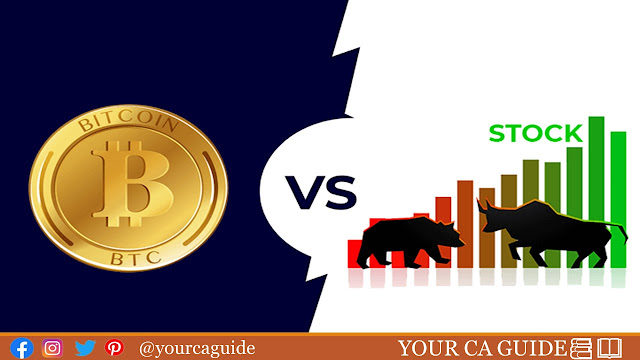What is Ethereum and Ethereum 2.0 | Your CA Guide

What is Ethereum and Ethereum 2.0 | Your CA Guide What is Ethereum? Ethereum is a stage controlled by blockchain innovation that is most popular for its native cryptocurrency, called ether, or ETH, or essentially ethereum. The appropriated idea of blockchain technology makes the Ethereum platform secure, and that security empowers ETH to gather esteem. It is a decentralized, open-source blockchain with smart contract functionality. Ether (ETH) is the native cryptocurrency of the platform. Ethereum is frequently alluded to as the second most popular cryptocurrency, after Bitcoin. In any case, in contrast to Bitcoin-and most other virtual currencies Ethereum is planned to be substantially more than essentially a mode of trade or a store of value. What is Ethereum? How does Ethereum works? Like all cryptocurrency, Ethereum works on the basis of a blockchain network. A blockchain is a decentralized, distributed public record where all transactions are confirmed, verified a...
